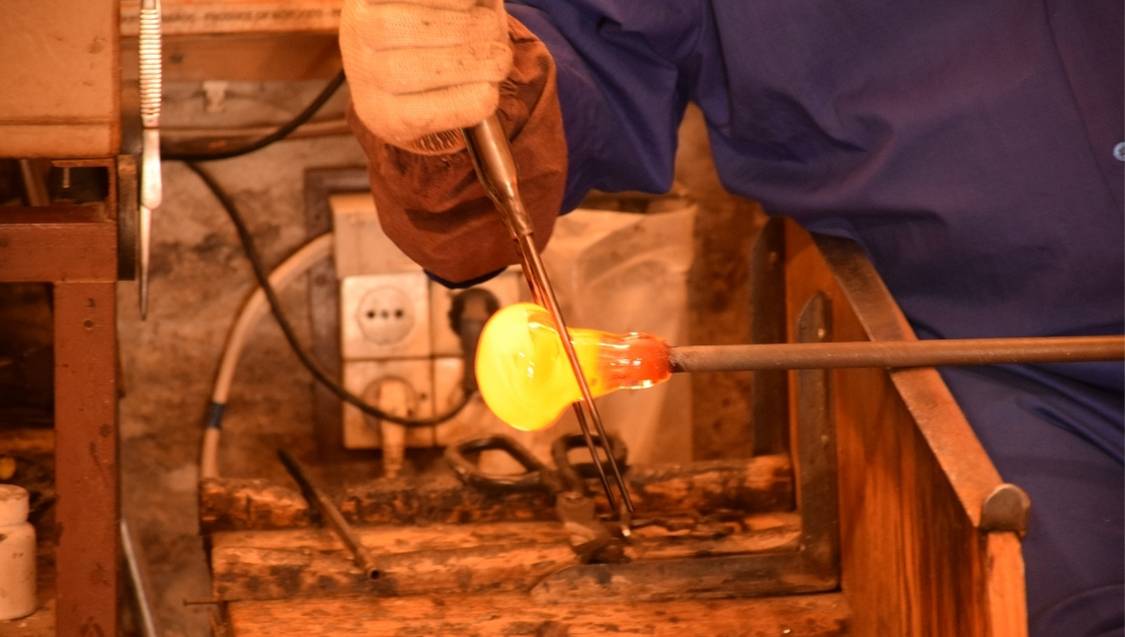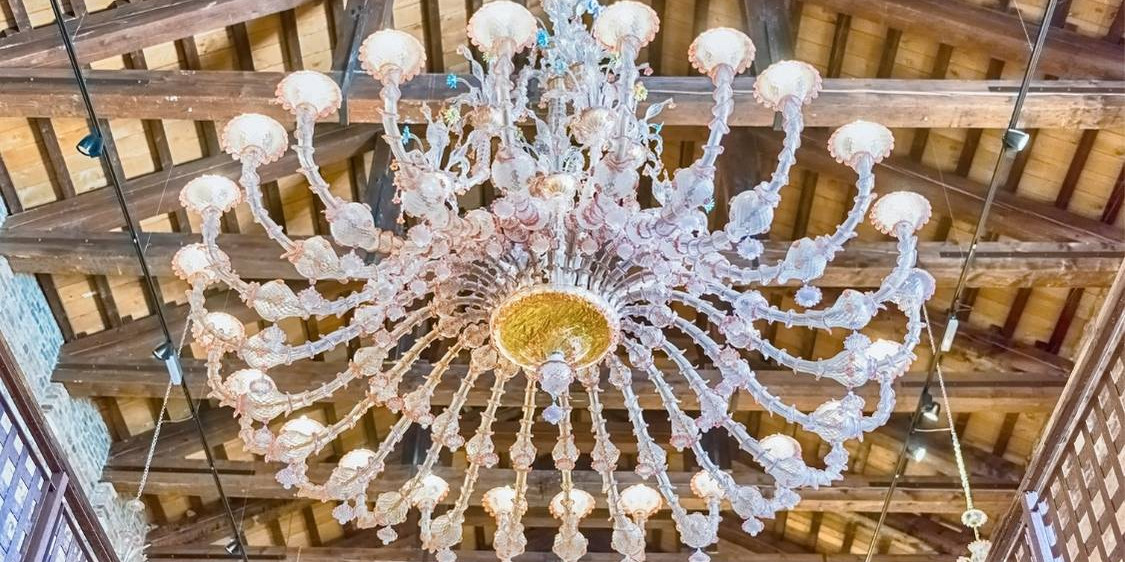Tucked away in the Venetian Lagoon, the island of Murano has become synonymous with a singular, enduring craft: glassmaking. But beyond the exquisite chandeliers and intricate sculptures lies a deeper truth—Murano’s glass is not just art, but heritage, preserved and passed down through centuries of family legacies and artisan lineages.
In 2025, Murano’s glassmakers stand not just as artists, but as living archives of cultural memory. Here’s how this artisan legacy continues—generation after generation.
1. The Family Workshop: The Original Creative Incubator
Murano glassmaking is not taught in classrooms—it’s learned by apprenticing under a master, often one’s own father or uncle.
These workshops—called fornaci—are multigenerational by design. Skills are absorbed, refined, and inherited, not downloaded.
Famous glassmaking families like Barovier, Seguso, and Toso have maintained continuous production for centuries, evolving while staying grounded in legacy.
2. Techniques That Transcend Time
Each artisan lineage carries with it not just a name, but a distinct technical identity—specializing in:
- Millefiori: flower-like mosaics sealed in glass
- Reticello: net-like patterns using fine canes
- Sommerso: layered, submerged color techniques
- Bullicante: suspended bubbles in clear forms
These techniques are closely guarded, with some families developing signature secrets that outsiders cannot replicate.
3. Heritage as Resistance in a Globalized World
In the face of industrial glass, AI-generated designs, and mass-market replicas from China, Murano’s artisan families resist homogenization by doubling down on:
- Slow production, limited pieces
- Personal signature on every item
- Uncompromising material quality
This isn’t nostalgia—it’s intentional cultural resistance.
Murano glass is the antithesis of disposable consumerism: it’s what you keep for life—and pass on.

4. Innovation Without Losing Tradition
The new generation of Murano glassmakers isn’t stuck in the past—they’re redefining the future of the craft.
Younger artisans are:
- Collaborating with interior designers, architects, and luxury brands
- Exploring sustainable glass practices
- Merging traditional techniques with contemporary forms and digital art
But they do so without breaking the lineage. They innovate within the frame of tradition—and that’s what keeps the soul of Murano alive.
5. The Power of Signature and Provenance
Each authentic Murano piece is a statement of origin. It bears:
- The mark of the family
- The furnace where it was born
- The technique, style, and form rooted in legacy
Collectors, designers, and cultural institutions value this provenance as highly as the art itself.
6. Why This Legacy Matters Today
In an era of fast fashion, algorithmic art, and AI-generated design, human craft matters more than ever.
Murano’s artisan legacy is not just about glass—it’s about:
- Preserving cultural identity
- Valuing skill over speed
- Honoring the dignity of generational knowledge
Every Murano piece is a living record of heritage, artistry, and intentional creation.
Final Thoughts: Legacy You Can Hold in Your Hands
When you own a piece of Murano glass, you don’t just own an object—you inherit a story.
It’s the story of fathers and sons, of masters and apprentices, of a small island that continues to shape global art history with fire, breath, and vision.
This is not just craftsmanship. It’s continuity.



